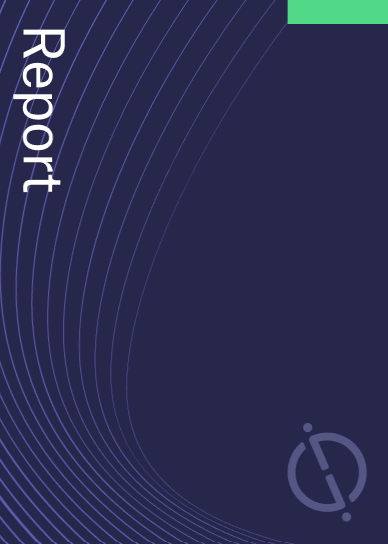Advanced Energy Industries has been granted a patent for a high voltage direct current power supply. The power supply includes a primary output, a floating secondary output, and a controller that detects changes in the output voltage and generates a control signal. A controllable current source is used to reduce charging of a secondary output capacitance as the output voltage changes. GlobalData’s report on Advanced Energy Industries gives a 360-degree view of the company including its patenting strategy. Buy the report here.

Discover B2B Marketing That Performs
Combine business intelligence and editorial excellence to reach engaged professionals across 36 leading media platforms.
According to GlobalData’s company profile on Advanced Energy Industries, Smart grids was a key innovation area identified from patents. Advanced Energy Industries's grant share as of September 2023 was 46%. Grant share is based on the ratio of number of grants to total number of patents.
High voltage direct current power supply with controllable current source
A recently granted patent (Publication Number: US11764033B2) describes a high voltage direct current (HVDC) power supply system. The system includes a primary HVDC supply referenced to a first ground and a secondary HVDC supply referenced to a floating second ground. The secondary supply is fed by the primary supply and has a floating output terminal for providing an output voltage.
The system also includes a controller that detects changes in the output voltage at the terminal and generates a control signal in response. A controllable current source is arranged to provide current at the floating output terminal based on the control signal. This current is used to reduce charging of a secondary output capacitance as the output voltage changes.
The controllable current source is arranged in parallel with the floating output terminal and connected between the output terminal and the second ground. It can be a programmable current source and may function as a current sink. In some embodiments, the current sink is formed by a power electronic device chain.
The power supply system is regulated by a sense resistor, and the controller includes a resistor divider for detecting changes in the output voltage. The controller also produces an error signal to regulate the current source, which can be a transistor chain.
The primary HVDC supply in the system can be an accelerator power supply. The floating output terminal of the secondary HVDC supply can be a suppressor output, with a rated output voltage ranging from -100V to -3 kV and a rated output power ranging from 0.1 W to 50 W. Alternatively, the floating output terminal can be an extractor output, with a rated output voltage ranging from 1 kV to 15 kV and a rated output power ranging from 0.1 W to 20 W.
In summary, the granted patent describes a high voltage direct current power supply system with a primary and secondary supply, a floating output terminal, a controller, and a controllable current source. The system is designed to reduce charging of a secondary output capacitance as the output voltage changes. It can be used in various applications, including accelerator power supplies and suppressor or extractor outputs.
To know more about GlobalData’s detailed insights on Advanced Energy Industries, buy the report here.
Data Insights
From

The gold standard of business intelligence.
Blending expert knowledge with cutting-edge technology, GlobalData’s unrivalled proprietary data will enable you to decode what’s happening in your market. You can make better informed decisions and gain a future-proof advantage over your competitors.




